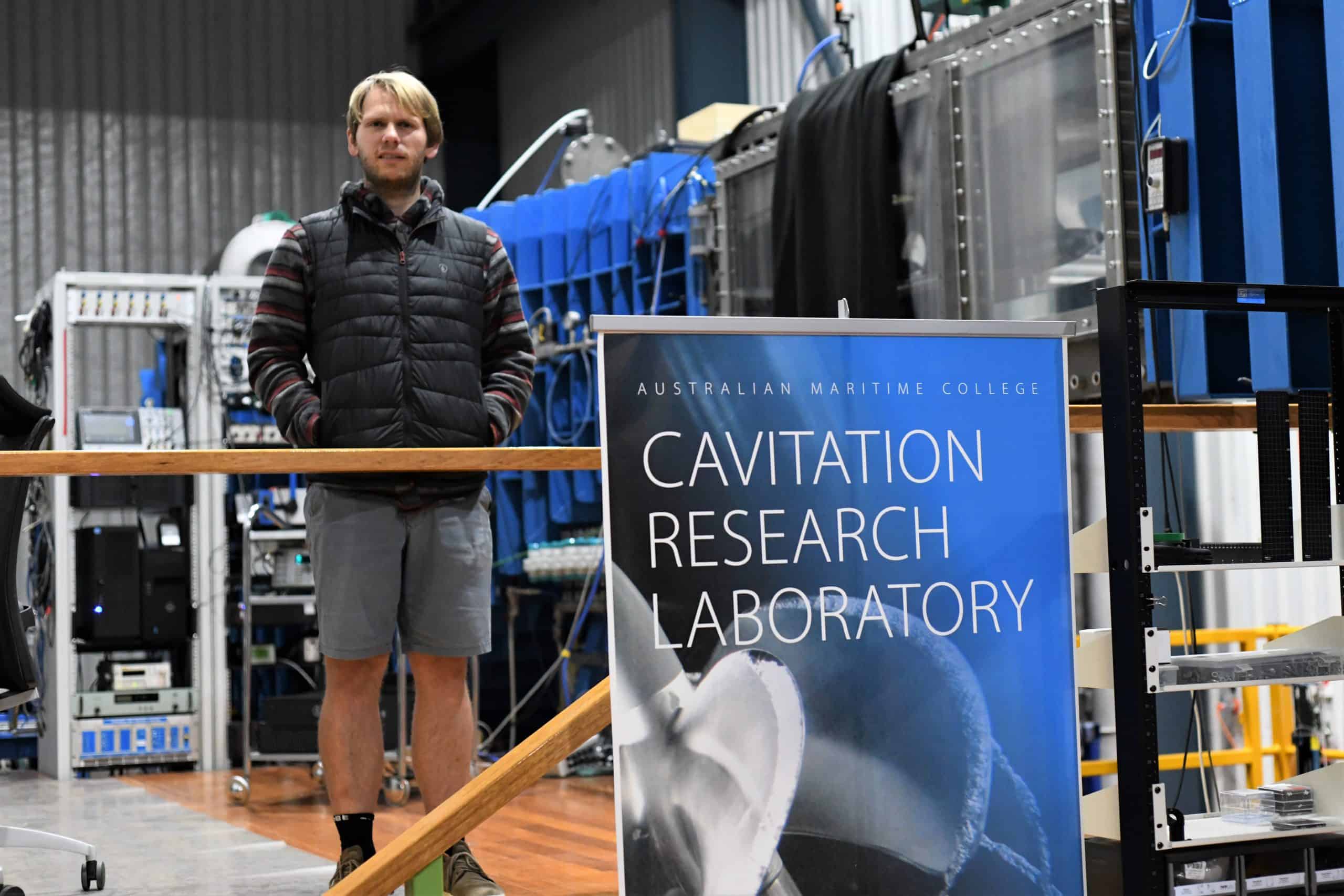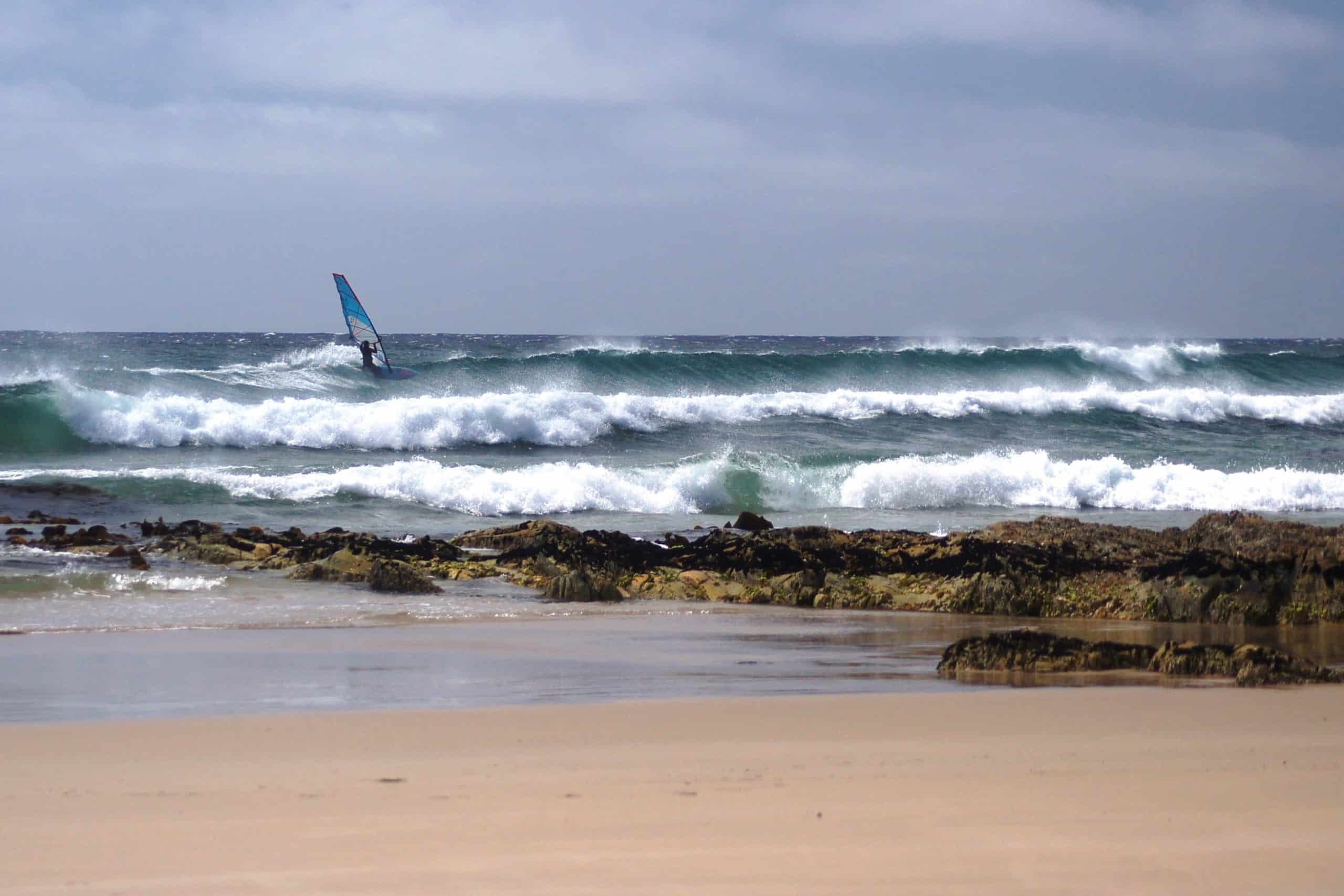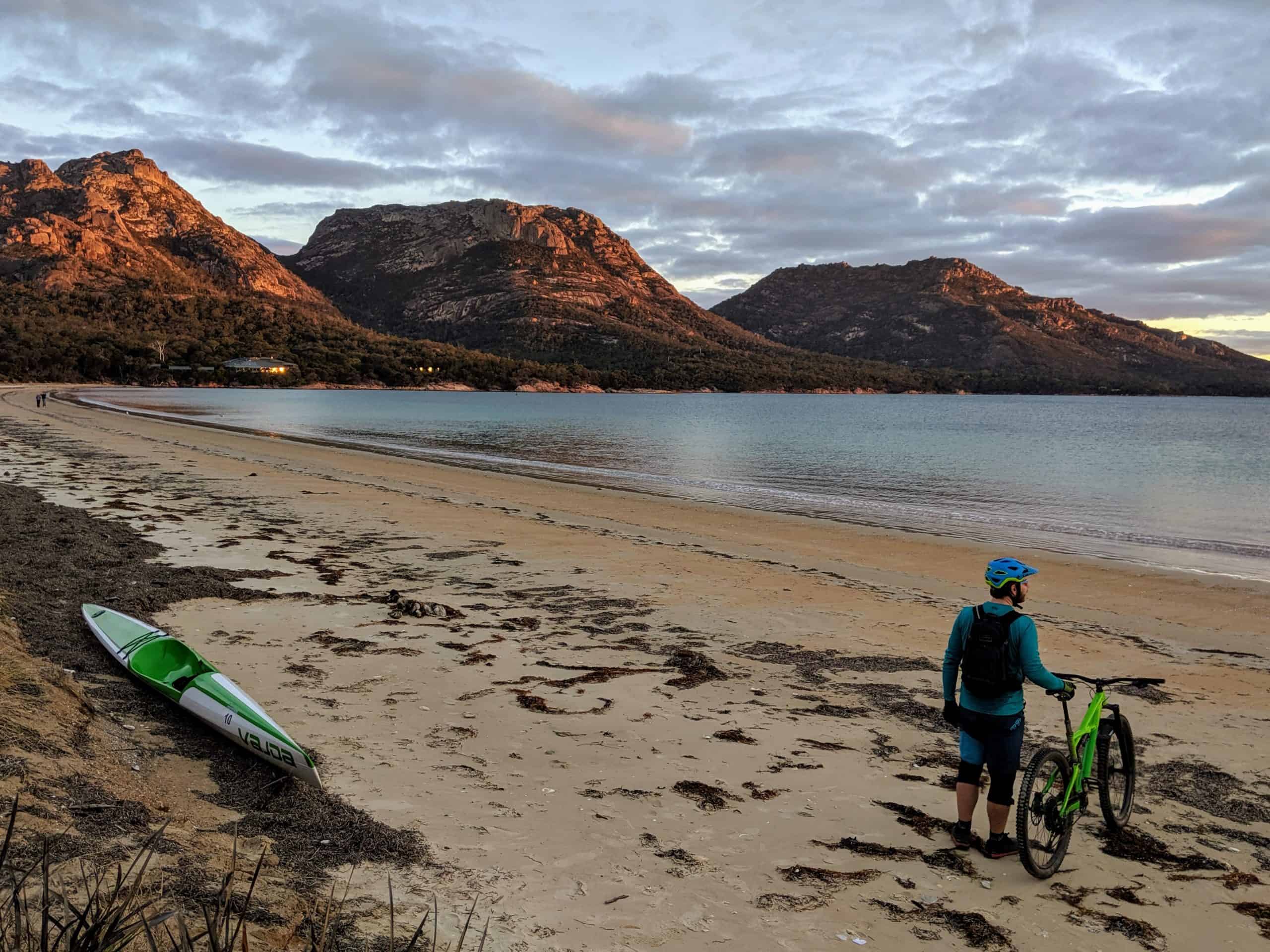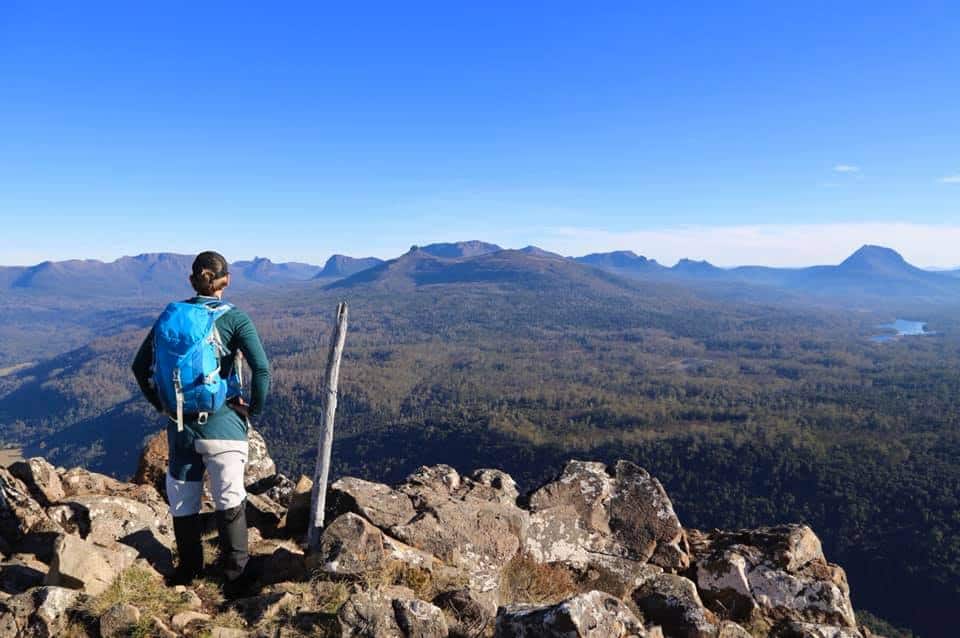A Croatian finds his ideal fusion of cutting-edge maritime engineering and world class windsurfing in Tasmania
Some come to Tasmania for the good food, others for the open space. PhD student Luka Barbaca came for the wind … and a mighty good career opportunity at the Australian Maritime College (AMC) at the University of Tasmania in Launceston.
When Luka was sitting in his hometown of Sibenik, Croatia receiving enviable scholarship offers for his PhD placement from places such as the Netherlands, United States, Switzerland and Japan, he had one question in mind – would the windsurfing be any good? It was this question that led Tasmania to win the heart of this Mechanical Engineering graduate from the University of Zagreb.
“It seemed like a very wild place from Europe,” describes Luka. “An island at the edge of the world, pristine wilderness, and a big adventure to get there. I knew about Tasmania’s natural beauty and remoteness and when I checked the windsurfing conditions, it seemed like AMC was the best choice for me.”

Luka began windsurfing at the age of 15 and for a time held the speed sailing record in Croatia during 2012. It would be his passion of harnessing the energy of wind that would sweep him in the direction of his professional career.
At the end of 2013, Luka travelled from Croatia to the northern city of Launceston, where AMC is located. He received a scholarship covering full tuition fees and a living allowance to pursue his PhD over four years on a student visa. His PhD topic had been confirmed prior to arrival – the study of Ventilated Super-cavitating Hydrofoils for Ride Control of High-Speed Craft. In simple terms, this meant that he spent all his time at AMC’s Cavitation Tunnel – looking closely at bubbles in this three-storey-high variable pressure water tunnel holding an Olympic-sized swimming pool worth of water.
In fact it was AMC’s world-class Cavitation Research Laboratory that was part of the allure for Luka. By definition, cavitation is the process where vapour bubbles form in water flowing over a surface, perhaps a propeller or ship hull, before collapsing when subjected to higher pressure. The collapse of these cavities or ‘bubbles’ is a violent process, which can result in structural vibrations, noise emission and surface erosion, and is generally detrimental for a ship’s performance.
AMC’s laboratory is the only one in Australia and among the most advanced worldwide. It is where students and researchers test the hydrodynamic behaviour of surface ships, submarines and other vessels.
The increased emphasis on understanding the underlying physics of the cavitation inception in naval applications, coupled with the unique capabilities of the Cavitation Research Laboratory, has led to international research collaborations across defence and related industries. In 2018, AMC was awarded $3 million to conduct research with leading US universities that will benefit Australia’s naval capability.
“Exciting things are happening on the research front and anyone with aspirations in this field can be assured AMC is at the forefront,” explains Luka.

Luka has since graduated and has a full-time position with AMC as a Post-Doctoral Research Fellow, investigating ship hydrodynamics and basic fluid and bubble dynamics. This falls under a temporary graduate visa, allowing Luka to work a further four years in Australia.
“It’s an exciting space to work,” says Luka. “We’re doing things no one has done before – it’s a research environment where we are pushing the limits of engineering and scientific knowledge. I have always had a curiosity to learn about things and this job provides the opportunity to fulfil that. As a researcher we’re at the final frontier – pushing the limits of science.”
It took little time for Luka to settle into Tasmanian life and when he’s not in the tunnel, he’s out windsurfing or exploring the wilderness. His passion for a water-based scientific career stemmed from his speed sailing in Croatia where he devised various ways to propel his windsurfer to new speeds. Studying marine hydrodynamics was a natural fit. One day he hopes to take this passion full circle, delving into windsurfing board design.



“My favourite place to windsurf in Tasmania is in the far north west at Marrawah,” says Luka. “The wave sailing there is second to none. When I’m not out on the water, we’re mountain biking, surfing, or spending time in nature. I found the love of my life in Tasmania and Claire shares my same passion for the outdoors, so we are very fortunate.”
Living in the north has allowed Luka an ideal work-life balance where he cycles to AMC and is close to Bass Strait for his windsurfing. The compact city is liveable and central – allowing easy access to the mountains, trails and remote beaches this adventurous couple seek.
“What’s more, this island is so special. There are few places left on earth like wild Tasmania. We must keep it this way to ensure it remains the very element that attracted me from Europe,” explains Luka. “Today, I call Tasmania home.”
It’s unlikely the wind will ever blow Luka back to Croatian shores.
Are you interested in making a move? Make it Tasmania.
Find out more about AMC.
Find out more about migration pathways and Tasmania’s education system.
If you’re considering studying in Tasmania, visit the University of Tasmania or TasTAFE websites to see what’s on offer.